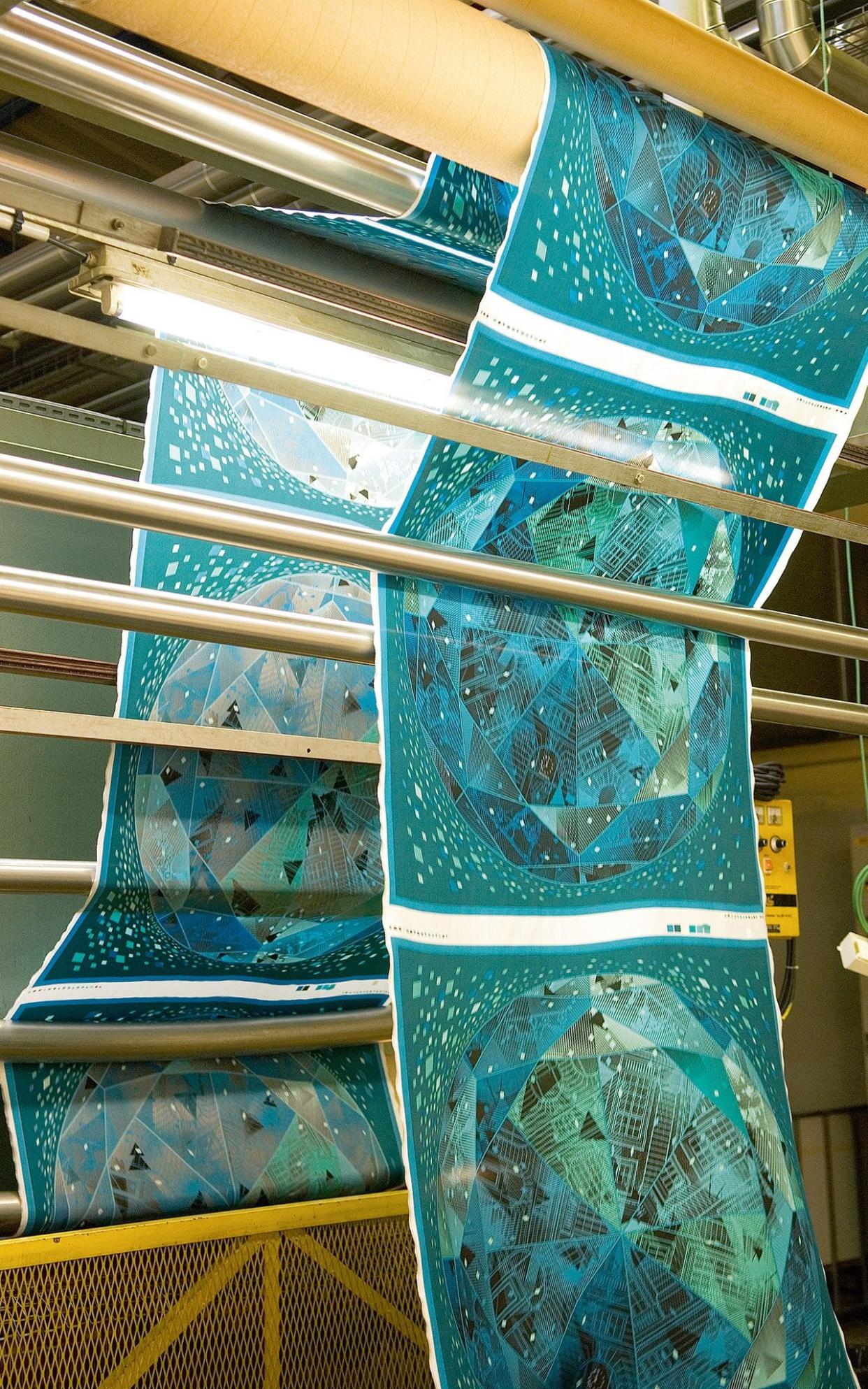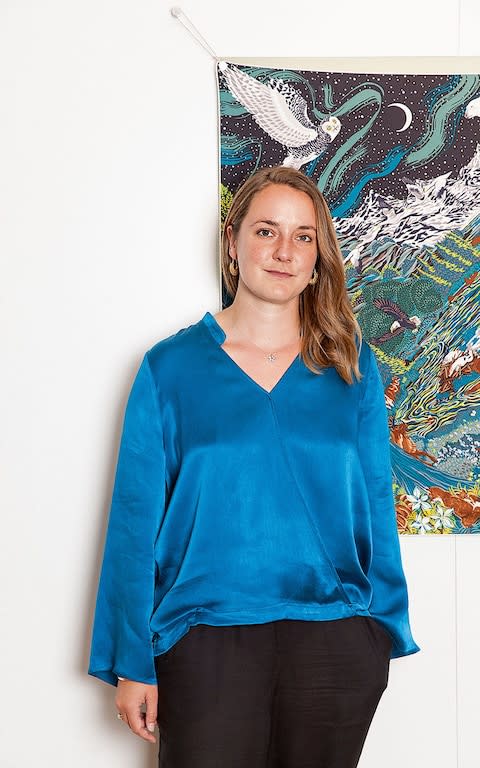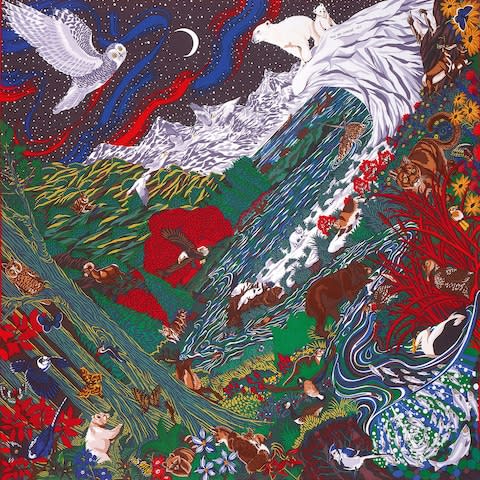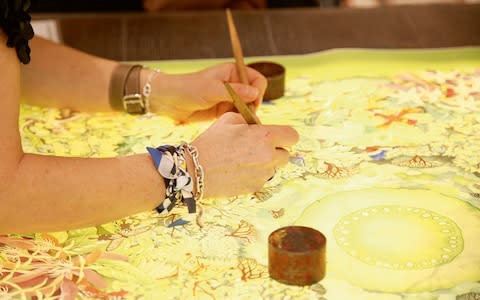Meet the Maker: Hermès scarf designer Alice Shirley

"What’s your favourite animal?" is not usually a relevant question, but in the case of Alice Shirley, it stands. Headhunted while still a student at the prestigious Royal Drawing School in east London, Shirley has been designing scarves for Hermès since 2012, most of which feature exquisitely rendered animals, in all their multi-hued, multi-patterned glory. She won’t be drawn on her favourite – too hard to choose – but reveals a top three comprising otters, horses and big cats.

"I drew horses obsessively as a child," she says. "It feels flukey yet ordained that I ended up working for a company that’s all about horses." That Shirley didn’t come from a traditional design or fashion background has been a strength. She studied fine art at Central Saint Martins before enrolling at the Royal Drawing School, and was also illustrating children’s books – most notably, a charming rendition of Aesop’s Fables – when Hermès came to call. Was she aware of the fabled luxury brand? "Not very," she whispers. "But everyone I knew who worked in fashion told me I’d be working at the best company there is. Fashion is fleeting, and will change. Hermès is craftsmanship, and beautiful things made to last."

Certainly, an Alice Shirley scarf is too beautiful to be regarded as ephemeral. Like all of Hermès’ iconic 90 x 90cm silk carrés, Shirley’s are heirlooms, worthy of framing, and so replete with detail it almost seems a shame to fold, twist or wear them in any way that might detract from their full glory. Her latest design, to commemorate Canada’s 150th year, combines her twin passions for animals and nature, and features bears, owls, two narwhals and an otter nestled among spruce and maple forests, a temperate rainforest, a freshwater river and the Rocky Mountains. "The brief was tricky," she concedes. "Hermès wanted a scarf that represented the whole of Canada. But it was a wonderful challenge, and pushed me to come up with an interesting, dynamic composition." As one would expect from a scarf that required 45 separate silk screens to make (most use far less) the result is stunning.
Once they’re gone, they’re gone. I love the idea you’re not creating a mass product – you’re creating art
Working with Hermès is, she says, wonderfully collaborative; the end product a mixture of her ideas and theirs. She mainly works in gouache, starting with a small-scale sketch before moving to a life-size design painted in colour. Once complete, her designs are then sent to Lyon, and printed on Brazilian silk using vegetable dyes.
"They have extraordinary ink-saving systems so there’s not a lot of waste, and they only print limited editions of each," says Shirley. "It’s not about seasonality. Hermès keep the scarves in the store until they sell. Once they’re gone, they’re gone. It would be so tempting for them to say, 'This design is so popular we need to do another one,' but they never do. It keeps the product luxurious. I love the idea you’re not creating mass product – you’re creating art."

Fabled as the silk carré is (the first one was created in 1937; more than 2,000 designs have since been produced), does it feel limiting to work within such a strict 90 x 90cm boundary? "A square is lovely, because you can play with it so much," enthuses Shirley. "It’s a symmetrical shape with so many possibilities. It’s a challenge to work within a framework. Artists do need one."
Besides, many designs find themselves creeping on to ceramics, swimwear, sarongs, handbag linings and enamelled bangles. "They can get diffused into such interesting things. It’s wonderful to surrender the artwork and see it take on a life of its own." The most pleasing thing of all about the process, however, is surely Hermès’ relaxed approach to the scarves’ creation – an anathema in today’s fast-paced fashion climate. "Most of the time, Hermès don’t want me to rush," says Shirley. "They’ll say, 'We’d rather it was perfect than rushed and on time.' That’s their ethos. I’m very lucky."
Into the Canadian Wild silk carré scarf, £295, Hermès

